Freixenet, a Spanish Cava, is known as a pioneer in many ways. They were the first to use black and yellow bottles and the first to use French methods to create their Cava. Currently, their botanists manage and develop fully sustainable vineyards.
In 1889 Pedro Ferrer married Dolores Sala, whose family had been making wine since 1861. At that time, they decided to convert from still wine to making sparkling wine. Their first bottle was released in 1914.
The name Freixenet comes from Pedro’s nickname of El Freixenet, named after his family’s ranch La Freixenet. It means ash tree grove in Catalan.
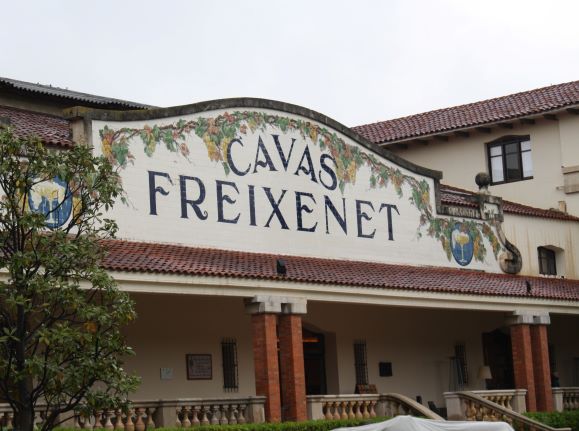
History wasn’t kind and their success was not an easy road.
America’s flirtation with prohibition stalled the blooming export market for their Cava. Later, the Spanish Civil War took the lives of Pedro and his eldest son, both captured and never seen again. Yet, despite the tragedy and setbacks, Dolores Ferrer and her three surviving daughters resurrected the company.
In 1957 Dolores handed the reins to her son, José Ferrer who initiated progressive (and first-ever in Spain) techniques such as pressing grapes pneumatically, using refrigerated tanks to control fermentation, and proprietary yeast cultivation. In the 1970’s he introduced, against the advice of his peers, the black bottle Cordon Negro.
During our visit to Freixenet, we learned more of their history.
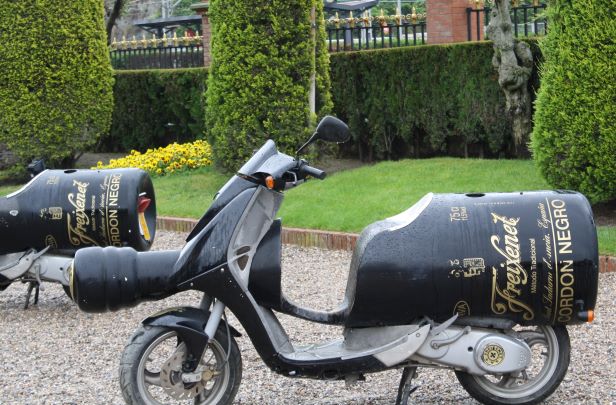
Who drinks the most Cava? Germany, followed by the United States.
The yeast Dolores identified decades ago is the most suited to making quality Cava. Guess what? It still survives. The winery dedicates an entire lab and warehouse-sized facility to the production of this yeast.
Gloria Ferrer, wife of Jose Ferrer, owns one of the world’s largest glass flute collections. She has over 2,000 individual flutes from all over the world. She is also the namesake for their California-based sparkling wine company, Gloria Ferrer.
There are three main grapes in Cava. Macabeo, paralleda, and xarel-lo. Producers are allowed to use nine grapes including pinot noir, chardonnay, monastrell, grenache, malvasia, and trepat.
Cava is made in the same way Champagne is made, with secondary fermentation occurring in the bottle. Even though the methods are the same, the taste profiles are noticeably different.
Visiting Freixenet is similar to visiting Champagne houses, yet at the same time quite different.
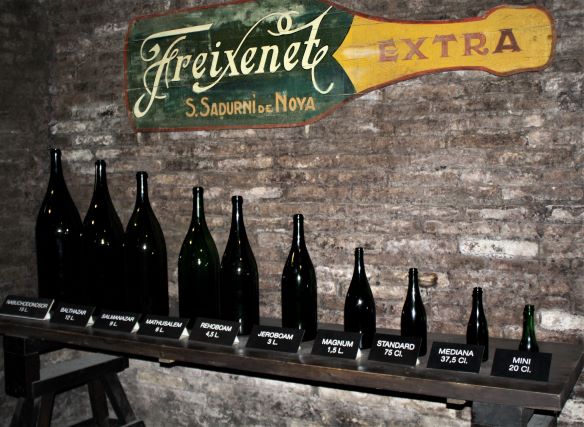
Reservations must be made in advance. Our tour started with a brief history of Freixenet and then we were led down several flights of stairs. At each level we noticed a decidedly cooler temperature. In all, we descended 20 meters.
Once at the bottom, we boarded a tram to continue our tour. Riding through the narrow winding caves lined with dusty bottles of Cava, it was clear this is a huge operation. Every where we looked were stacks and stacks of bottles.
Every so often we would see broken bottles on the floor. Our host explained that some bottles just explode before they are ready. I can’t imagine what that must sound like.
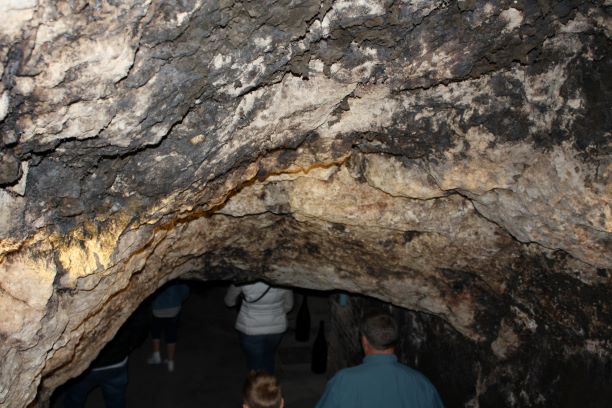
Our tram took us underground past barrels and production, arriving back to street level. The best part was yet to come…tasting four different types of Cava. A great end to a wonderful day.
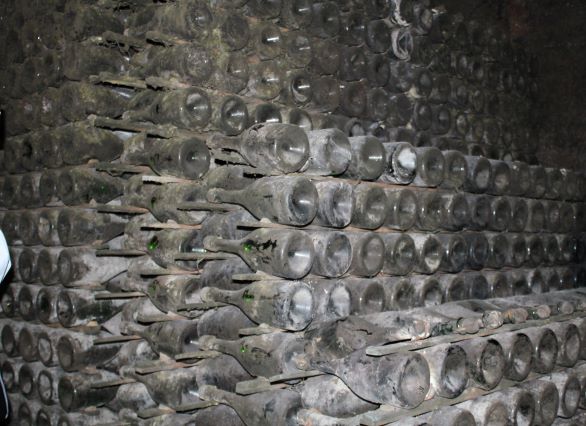
If you are in the Barcelona area and are interested in Cava, this tour is well worth taking. For times and reservations, check out https://www.freixenet.es/en/wine-tourism/freixenet-wineries/visit-the-wineries.
If You Go: Freixenet is located at Plaça Joan Sala, 2, 08770 Sant Sadurní d’Anoia, Barcelona, Spain. We took the train from Barcelona, about a two-hour ride. It’s an easy side trip.
Find out more exiting places to experience wine at https://travelsandescapes.net/